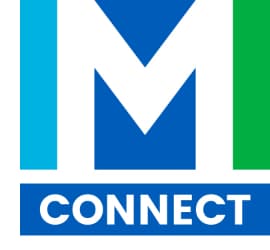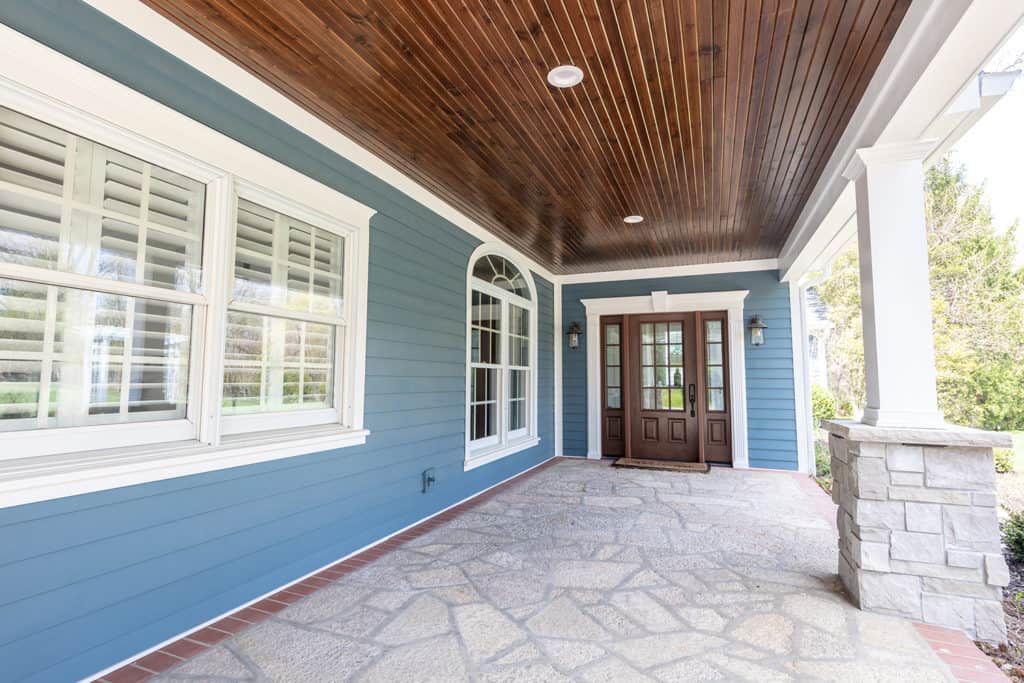Pros and Cons of Siding Materials for St. Louis Homes
Pros and Cons of Siding Materials for St. Louis Homes
The job of your house’s siding is to protect the people and property within its confines. Siding is only as good as the materials that constructed it and how it stands up to St. Louis’ weather patterns. Let’s discuss some considerations that you should make by weighing the pros and cons of St. Louis’ most popular siding materials.
Vinyl
Vinyl is a versatile, durable, long-lasting material that is very popular for house siding. It is the easiest option to personalize, as vinyl siding comes in virtually every hue known to humankind. Since the colors and textures are integrated into the siding, vinyl installation doesn’t require any painting and needs minimal upkeep over the years. Vinyl is lightweight, making it easy to install. However, if it’s not installed securely, vinyl can be prone to damage during high winds caused by tropical storms in St. Louis.
While rocks and fallen branches can damage vinyl, it won’t rot like other materials. You won’t have to worry about the situation worsening unless more damage continues happening in the same area. If you do have to replace your vinyl siding, it will be a quicker fix than most other materials.
Lastly, while they are easy to install, it is challenging to make vinyl planks look uniform. Seams are hard to line, which becomes increasingly complex if you decide to install over existing siding.
Pros:
- The most affordable option
- Comes in a spectrum of colors and textures
- Easy to install with very little maintenance
- Pretty durable, won’t rot
Cons:
- Is prone to long-term damage, especially from storms
- Can look un-uniform
- Not biodegradable
Insulated Vinyl
Vinyl is a great starting point for many St. Louis homeowners but may not have all the amenities you are looking for. Consider a slight upgrade with insulated vinyl siding for your home. This material provides insulation to your home. This feature will bring down heating and cooling costs, making for a more temperate and cost-efficient home.
Since the house will be more temperate, insulated vinyl comes in more colors than any other material. Traditionally, homeowners were nervous about choosing black or other dark hues, as these colors tend to retain heat in the summertime. With insulated vinyl, you can choose as dark a color as you’d like without the worry of overheating.
Additionally, the insulation also makes for a durable structure. Unlike conventional vinyl, insulated vinyl is padded with cushioning between the wall and siding. This not only helps with energy costs but also supports the siding against impact caused by rocks flying up from the lawnmower or branches falling off the tree.
Pros:
- Improves energy and heating costs
- Comes in the widest variety of colors
- Insulation promotes damage control to siding
- Looks and feels more solid than vinyl
Cons:
- Can raise the cost of vinyl siding by up to 50%
- Precise installation required to experience energy savings
- Not biodegradable
Fiber Cement
Fiber cement has the lowest maintenance and most stability out of all the popular siding materials in St. Louis. This type of siding is made of blended materials, including clay, cement, wood pulp, and sand. It’s then engineered to look like shingles, stucco, masonry, or wood clapboard. Fiber cement can easily be painted. It has a textured look that can make painting more challenging than vinyl planks. Its rough exterior can be damaging to paintbrushes and might require more than one coat.
Since many materials are used to create fiber cement, you can alter its texture easily. This unique material allows homeowners to customize their exterior to meet their needs better than some other options. Your house can appear less cookie-cutter than others in the neighborhood.
Pros:
- Extremely durable
- Doesn’t expand or contract during changes in seasons
- Very little maintenance required
- Fire-retardant, termite-proof, and rot-resistant
Cons:
-
- Heavy materials that are very hard to install
- Shorter boards may require more labor, which can be costly
- Must be repainted every 15 years or so
Engineered Wood
The strongest siding option in St. Louis is engineered wood. This material is made from wood fibers and resins. It’s a very durable material, with top brands, like LP SmartSide, lasting up to 50 years. As the name implies, engineered wood looks very similar to wood. However, engineered wood offerings have improved significantly over the last few years.
They are available in a variety of textures and colors. You can also get unfinished engineered wood to paint yourself. Getting engineered wood is a bit more cost-effective than fiber cement upfront. With that said, it will require frequent painting and regular maintenance. So, weigh those expenses into your decision-making process.
Pros:
-
-
- The most durable siding can last up to 50 years
- Comes in a wide variety of colors and textures
- A greener option than others
- Doesn’t attract wood pests
- Cheaper than real wood and looks close to it
- Longer planks, which take less labor
-
Cons:
-
-
- Must repaint frequently
- Requires more maintenance than other materials and may rot
-
Choosing the right siding material is even easier when you have the right people to help. Speak to a Mosby Building Arts about installing new siding onto your home. Discuss your options and find the right siding for your house today!







